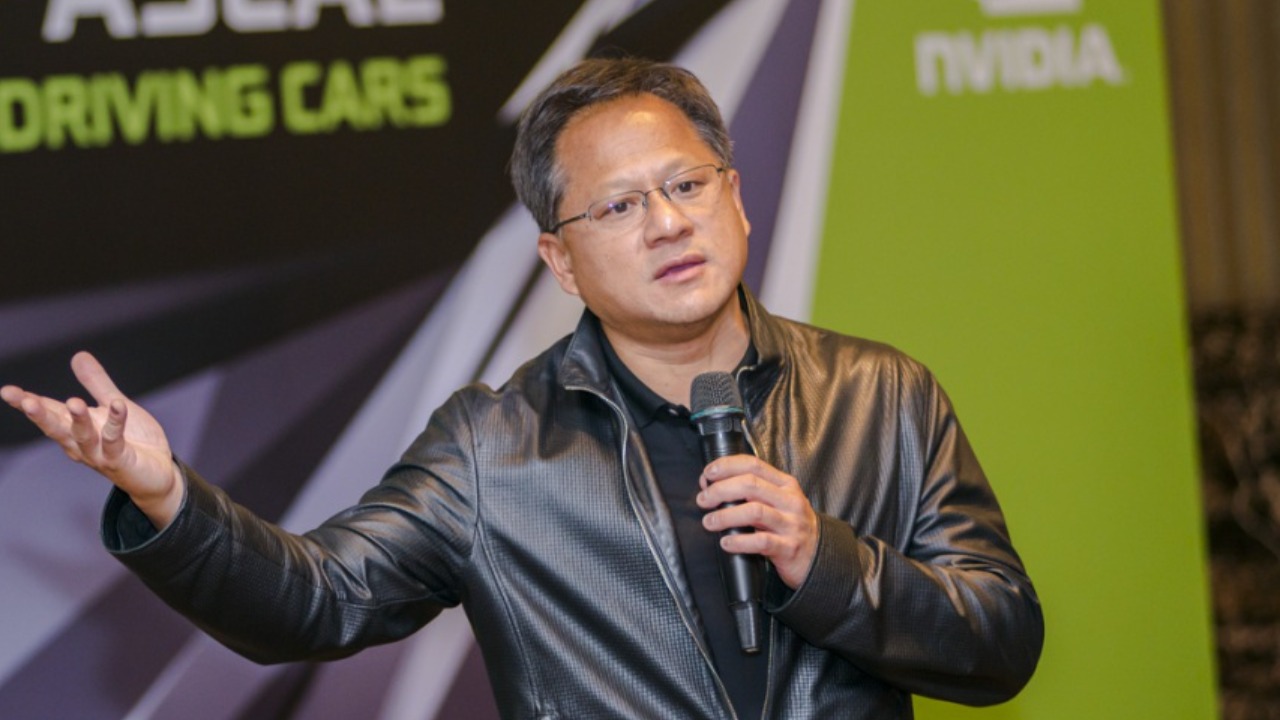
Nvidia CEO Jensen Huang recently lauded Tesla and SpaceX CEO Elon Musk as the “ultimate GPU” and “superhuman,” underscoring Musk’s extraordinary computational and innovative prowess in AI development. Huang’s comments coincide with Musk’s ambitious endeavor at Tesla to build the world’s largest AI supercomputer, a project Huang believes could be the first to hit a gigawatt of power consumption. Huang also weighed in on U.S. immigration policies, endorsing President-elect Donald Trump’s proposed $100,000 fee for H-1B visas as a “great start” to address the tech sector’s concerns over brain drain.
Huang’s Praise for Musk’s Capabilities
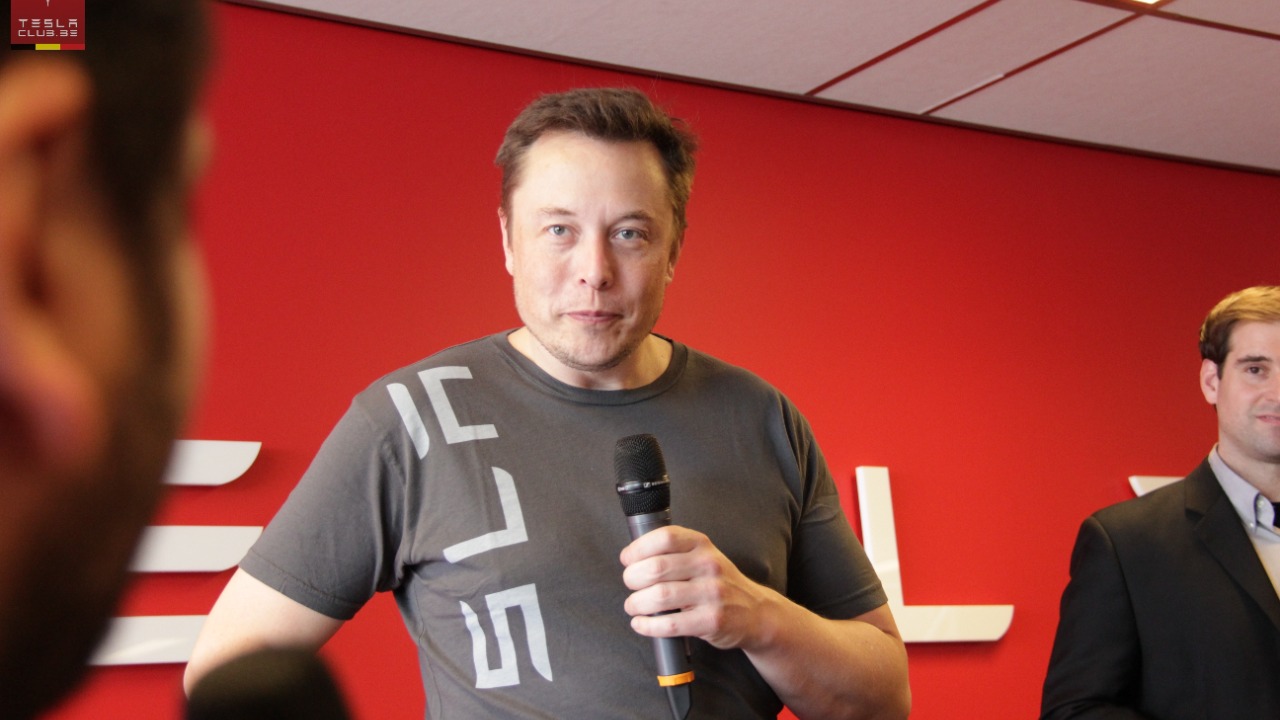
In a striking metaphor, Huang compared Musk to the “ultimate GPU,” a testament to Musk’s ability to process complex AI workloads akin to graphics processing units (Business Insider). This comparison not only highlights Musk’s computational capabilities but also underscores his pivotal role in the AI ecosystem. Huang’s characterization of Musk as “superhuman” further emphasizes Musk’s leadership in advancing AI and space technologies at Tesla and SpaceX (TweakTown).
These comments from Huang position Musk as a key figure in the AI landscape, drawing parallels between human ingenuity and hardware innovation. The Nvidia CEO’s praise for Musk reflects a broader recognition of Musk’s contributions to AI development and his potential to drive future advancements (Sahm Capital).
Tesla’s AI Supercomputer Initiative
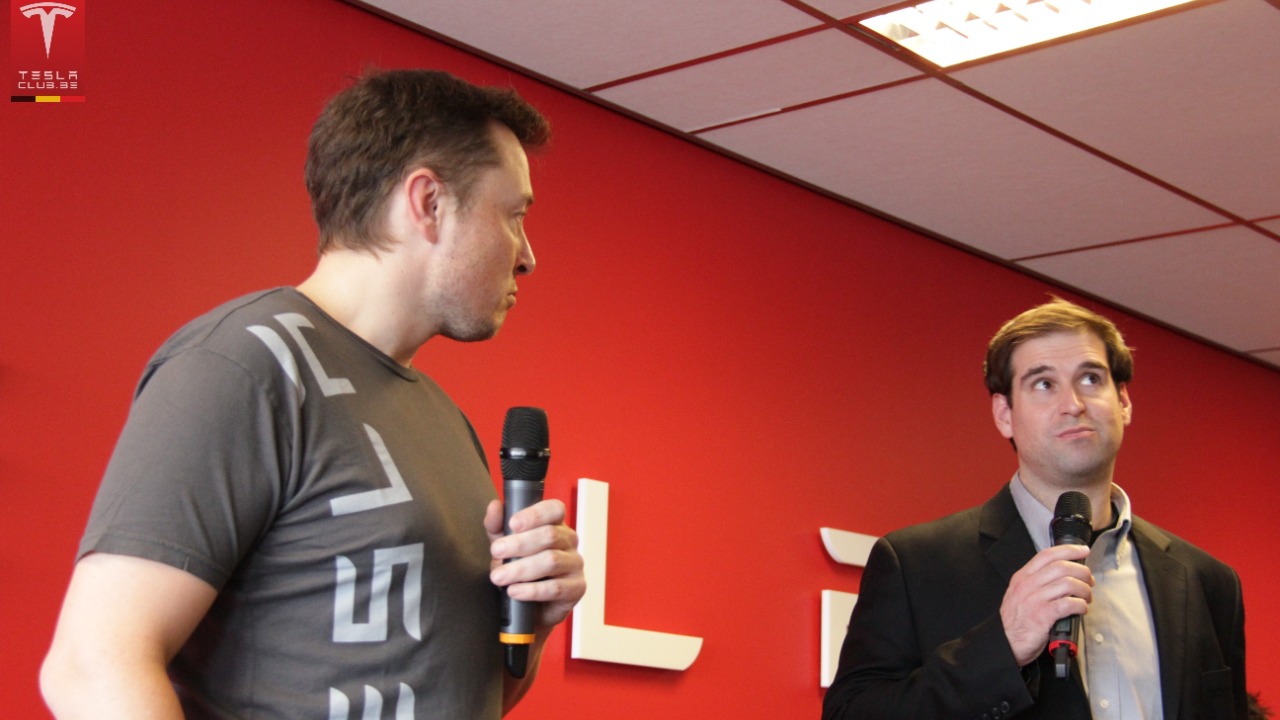
Musk’s current project at Tesla aims to construct the world’s largest AI supercomputer. This colossal machine is intended to train advanced AI models, pushing the boundaries of what’s currently possible in the field (Tekedia). Huang predicts that this supercomputer could be the first to reach a gigawatt of power consumption, highlighting the energy demands of next-generation AI infrastructure (Sahm Capital).
Interestingly, Nvidia hardware appears to play a significant role in Tesla’s supercomputer efforts. Huang’s endorsement of Musk’s vision suggests a strategic alignment between the two tech leaders, potentially paving the way for deeper collaboration in the future (Business Insider).
Implications for AI Hardware Innovation
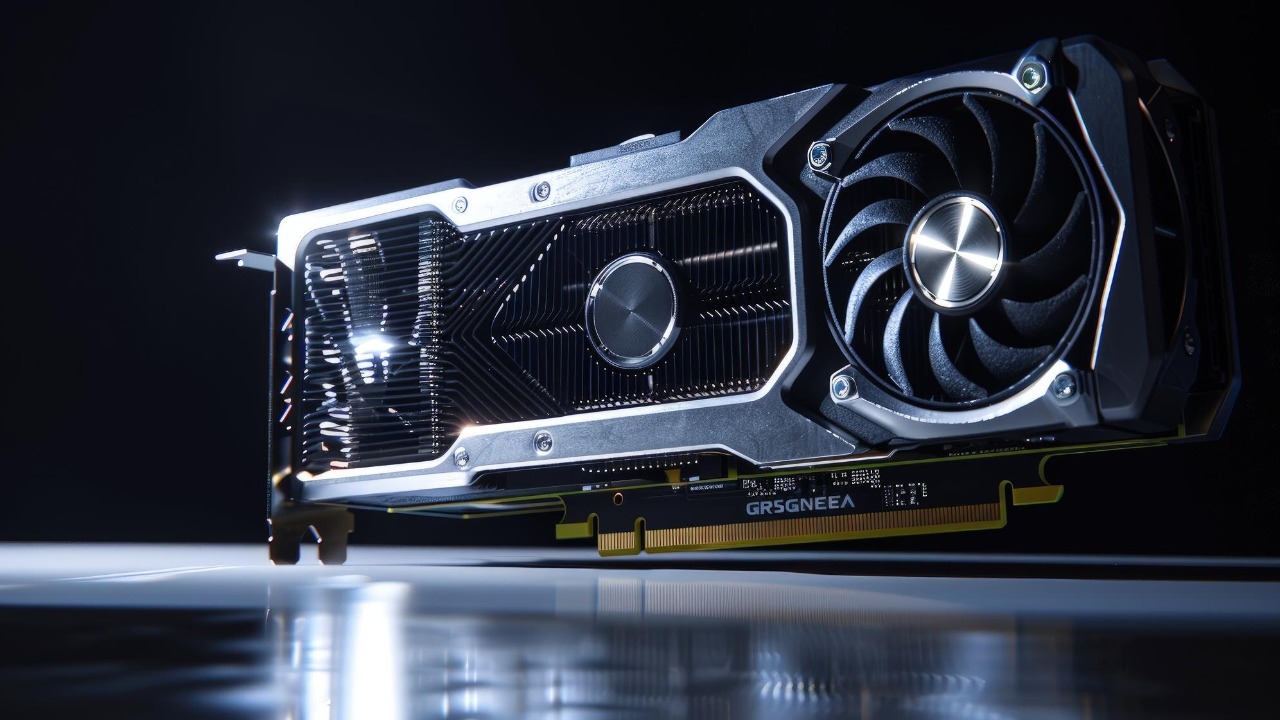
Huang’s “ultimate GPU” metaphor for Musk reflects the Tesla CEO’s influence on pushing the boundaries in AI chip and system design. This influence could set new benchmarks in AI training efficiency and scale, potentially reshaping the landscape of AI hardware innovation (Business Insider). Furthermore, Musk’s supercomputer project could establish new standards in AI training efficiency and scale (Tekedia).
From Huang’s perspective, advancements towards superhuman-level AI, driven by figures like Musk, present both risks and opportunities. As AI continues to evolve, the stakes for hardware innovation and the potential for breakthroughs in AI capabilities are higher than ever (TweakTown).
Huang’s Perspective on U.S. Tech Talent Policies
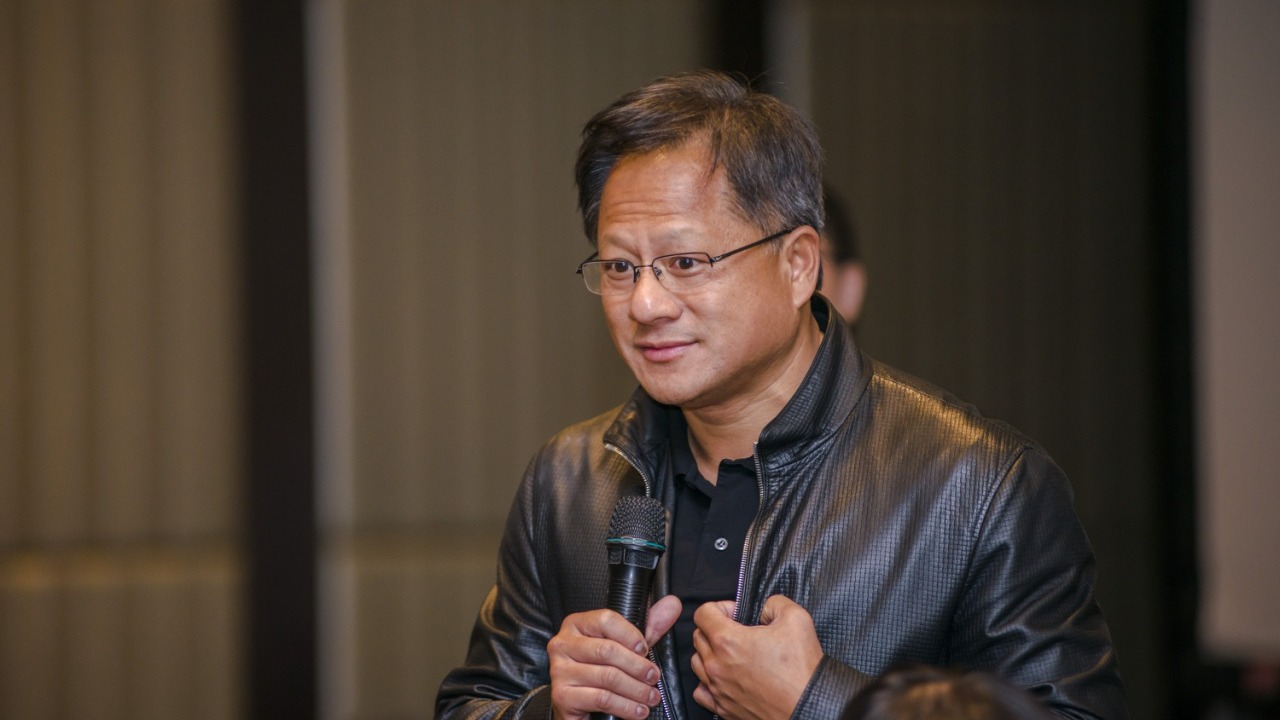
On the topic of U.S. immigration policies, Huang expressed support for President-elect Donald Trump’s proposed $100,000 fee for H-1B visas. He described this measure as a “great start” to address concerns about brain drain in the tech sector (Inkl). Huang’s comments underscore the need to retain global talent for AI leadership, highlighting the potential impact of immigration policies on the U.S. tech industry.
These policy shifts could have significant implications for companies like Nvidia and Tesla, which rely heavily on attracting top engineering talent. As the tech industry grapples with these changes, the strategies of companies to attract and retain talent could be a determining factor in their ability to maintain a competitive edge in AI development (Sahm Capital).
Broader Context of Nvidia-Musk Collaboration
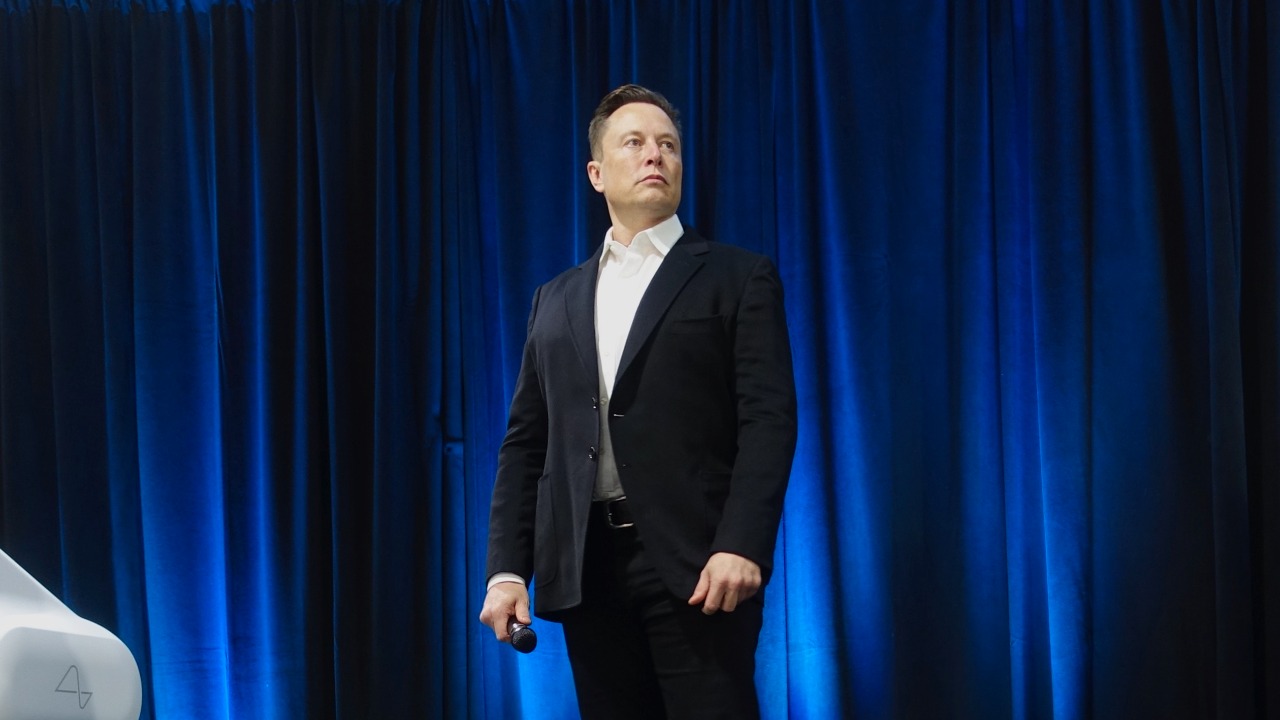
The strategic partnership between Nvidia and Elon Musk’s ventures, including the supply of GPUs for Tesla’s AI projects, provides a broader context to Huang’s comments. This collaboration not only underscores the mutual respect between the two tech leaders but also hints at potential future collaborations (Tekedia).
Huang’s public admiration for Musk could influence industry dynamics in AI hardware markets, potentially shaping perceptions and strategies among competitors (Business Insider). Furthermore, the role of high-power AI systems, like the gigawatt-scale supercomputer, could play a significant part in future Nvidia product roadmaps (Sahm Capital).
Reactions and Industry Impact

Initial reactions to Huang’s comments have been largely positive, with tech analysts noting their potential motivational effect. The “superhuman” label elevates Musk’s profile in AI circles, which could influence investor sentiment for both Tesla and Nvidia (TweakTown) (Business Insider).
Moreover, the proposed H-1B reforms could potentially support Musk’s ambitious projects by attracting global talent. As the tech industry navigates these policy changes, the strategies of companies like Tesla and Nvidia to attract and retain talent could significantly impact their AI development efforts (Inkl).